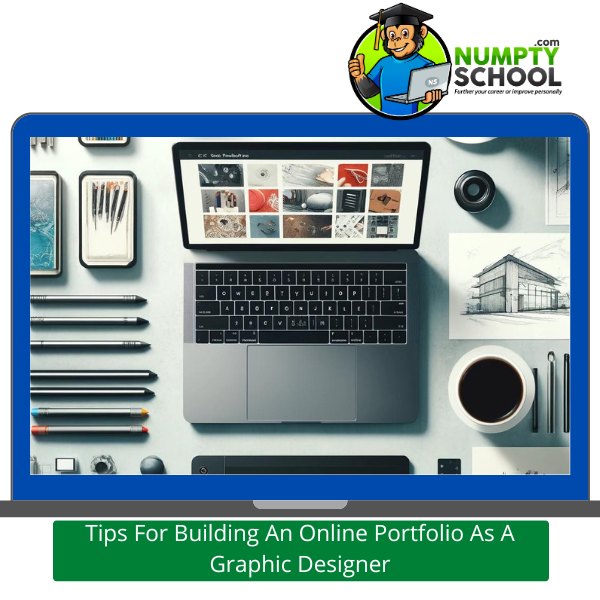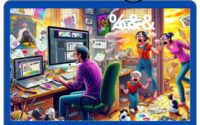Tips For Building An Online Portfolio As A Graphic Designer

Introduction
Welcome to the ultimate guide for graphic designers looking to create or enhance their online portfolio. In this digital age, having a strong online presence is critical for showcasing your skills and attracting potential clients or employers. This article will provide you with detailed, step-by-step instructions and tips to ensure your portfolio not only stands out but also effectively communicates your artistic capabilities and professional experience.
Understanding Your Audience
Before you begin designing your portfolio, it’s essential to understand who your audience is. Are you targeting potential employers, freelance clients, or both? Knowing your audience will help tailor your portfolio to highlight the skills and projects that resonate most with your target group.
Essential Elements
Visual Design
Your portfolio itself must be a testament to your design skills. Opt for a clean, professional, and attractive layout that complements your work rather than overshadowing it. Use color schemes and fonts that reflect your personal brand.
Navigation
Simplicity in navigation is key. Ensure that visitors can easily find their way around your portfolio with a simple and intuitive menu. Categories like Home, About Me, My Work, Contact, and Blog (if applicable) should be easily accessible.
Content
Quality content is crucial. Include a brief bio that shares your background, the services you offer, and your unique value propositions. For each showcased project, provide context—discuss the project’s goals, your role, the outcomes, and why it was significant.
Highlighting Your Best Work
Choosing Projects
Select projects that demonstrate the breadth and depth of your skills. Include a variety of mediums and styles if applicable, to show your versatility.
Describing Projects
For each project, write a concise but informative description. Discuss the creative process, the challenges faced, and the solutions you implemented. This narrative will engage potential clients or employers by showing them what you can bring to the table.
Using Testimonials
If available, include testimonials from past clients or employers. Positive reviews can greatly enhance your credibility and reassure potential new clients.
Online Presence and SEO
Social Media Integration
Link your portfolio to your professional social media profiles. This not only extends your reach but also shows your activity and engagement in the graphic design community.
SEO Best Practices
Implement SEO strategies to ensure your portfolio appears in search results. Use keywords related to your skills and industry, and make sure your website is indexed by search engines.
Tools and Platforms
Discuss various platforms and tools that can help you build and maintain your portfolio. Platforms like Behance, Adobe Portfolio, and Squarespace are popular among designers.
Regular Updates
Keep your portfolio fresh with regular updates. As you complete new projects, add them to your portfolio, and remove older or less relevant work.
Responsive Design
Ensure your portfolio is responsive and looks good on all devices. More people than ever are using mobile devices to browse online; a mobile-friendly design is essential.
Networking through Your Portfolio
Use your online portfolio to network. Include a contact form, your professional email address, and links to your social media. Engage with visitors by inviting them to connect with you on these platforms.
Conclusion
Building a successful online portfolio as a graphic designer requires attention to detail, a deep understanding of your audience, and continuous improvement. By following these tips, you can create a portfolio that not only showcases your best work but also helps you build your professional network and advance your career.
FAQs
Q) How often should I update my portfolio?
A) Update your portfolio as often as you complete significant projects or acquire new skills worth showcasing.
Q) What is the best platform for a graphic design portfolio?
A) The choice depends on your specific needs; however, Behance and Adobe Portfolio are highly recommended for their focus on design and large creative community.
Q) Should I include personal projects in my portfolio?
A) Absolutely. Personal projects show your passion and creativity beyond client-driven work.
Q) How can I improve my portfolio’s SEO?
A) Focus on incorporating relevant keywords, optimizing images for fast loading, and ensuring your site’s mobile responsiveness.
Q) Is it worth having a blog on my portfolio website?
A) Yes, a blog can help demonstrate your expertise, improve your site’s SEO, and keep your audience engaged.



